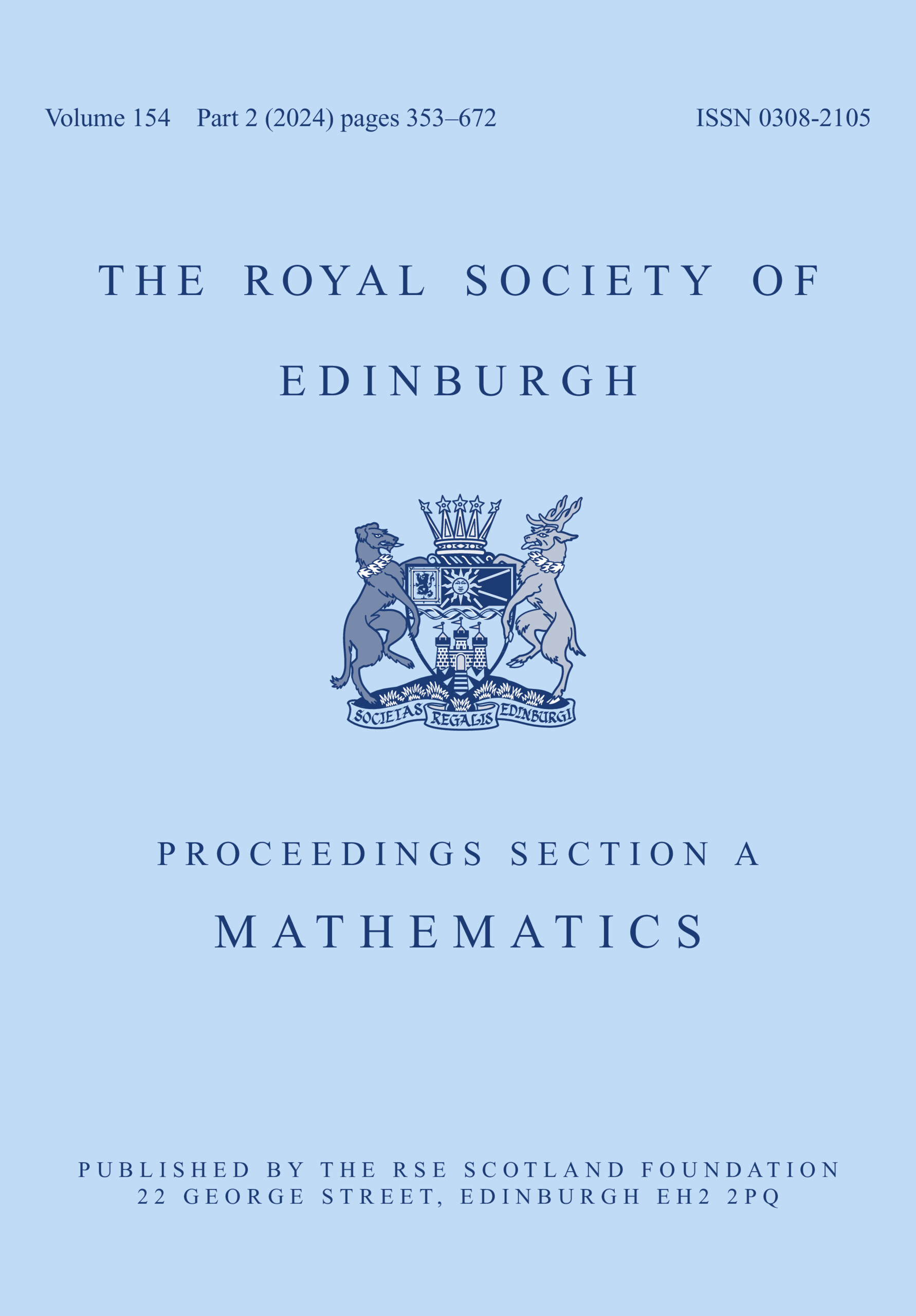No CrossRef data available.
Article contents
X.—Nitrogen Dioxide Vapour and the Creation of Condensation Nuclei*†
Published online by Cambridge University Press: 14 February 2012
Synopsis
An investigation has been made of the condensation nuclei created by an electric field in a N2 – H2O mixture. These nuclei are distinguished by the fact that they induce condensation in a vapour which is only 4 per cent supersaturated.
An explanation of these phenomena is found in the presence of nitrogen dioxide vapour, one of the products of reactions induced by the field, exerting a small pressure PNO2<1O−6 mm. Hg.
The observations are consistent with the assumption that the nuclei are created in the reaction, 2NO2 + H2O ⇌ HNO2 + HNO3. It is believed that the reason for the requirement of a more than critically supersaturated vapour is that this must be the condition for the nuclei forming reaction to proceed.
Once the nuclei have been created, any additional quantity of NO2 collected from the vapour forms acid molecules which promote condensation from a vapour which is not necessarily supersaturated.
Drops formed by these nuclei contain a significant quantity of HNO2 + HNO3, so that, unlike drops of pure water, they are stable against reevaporation in a vapour, the relative humidity of which is <100 percent.
- Type
- Research Article
- Information
- Proceedings of the Royal Society of Edinburgh Section A: Mathematics , Volume 67 , Issue 2 , 1965 , pp. 136 - 155
- Copyright
- Copyright © Royal Society of Edinburgh 1965


